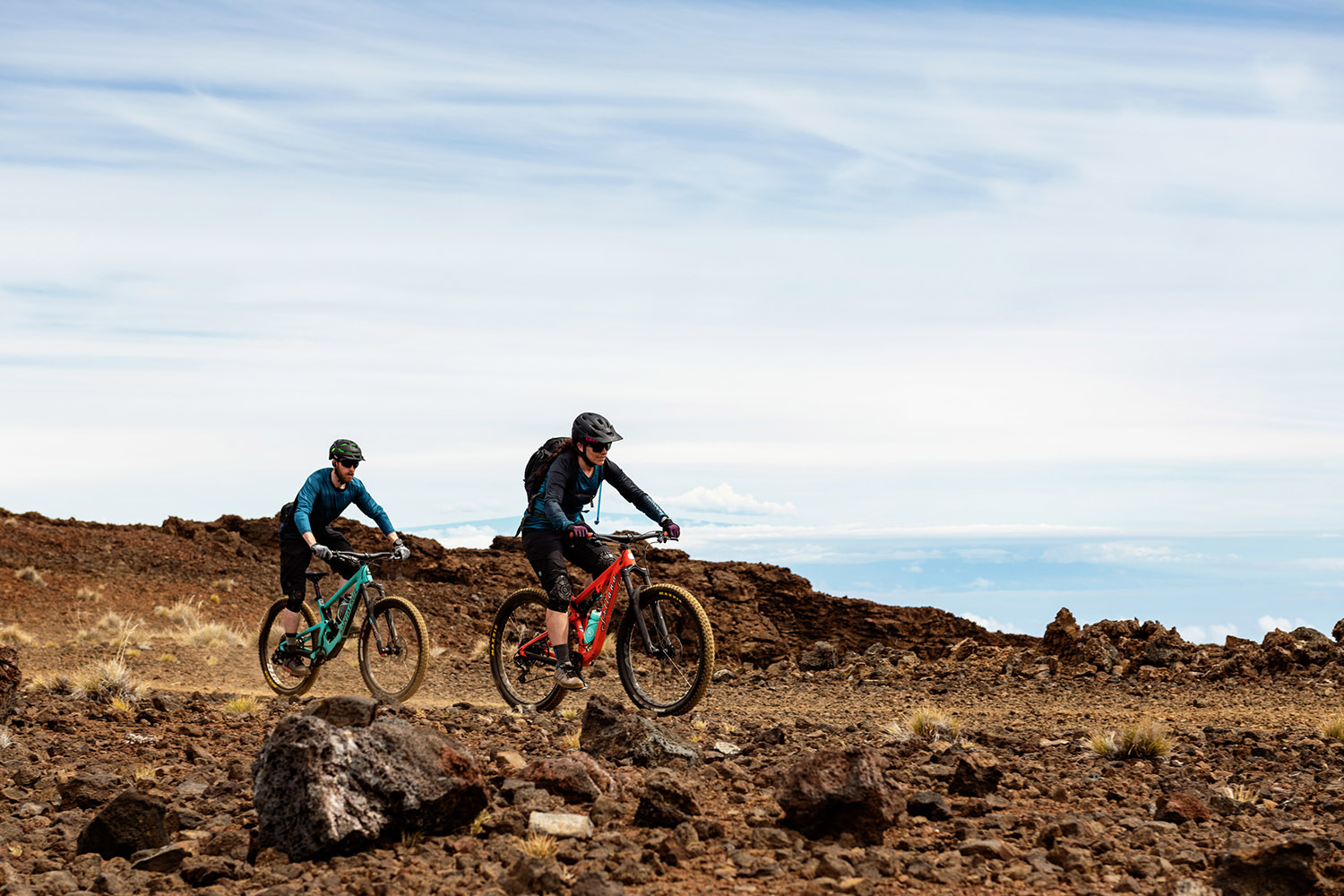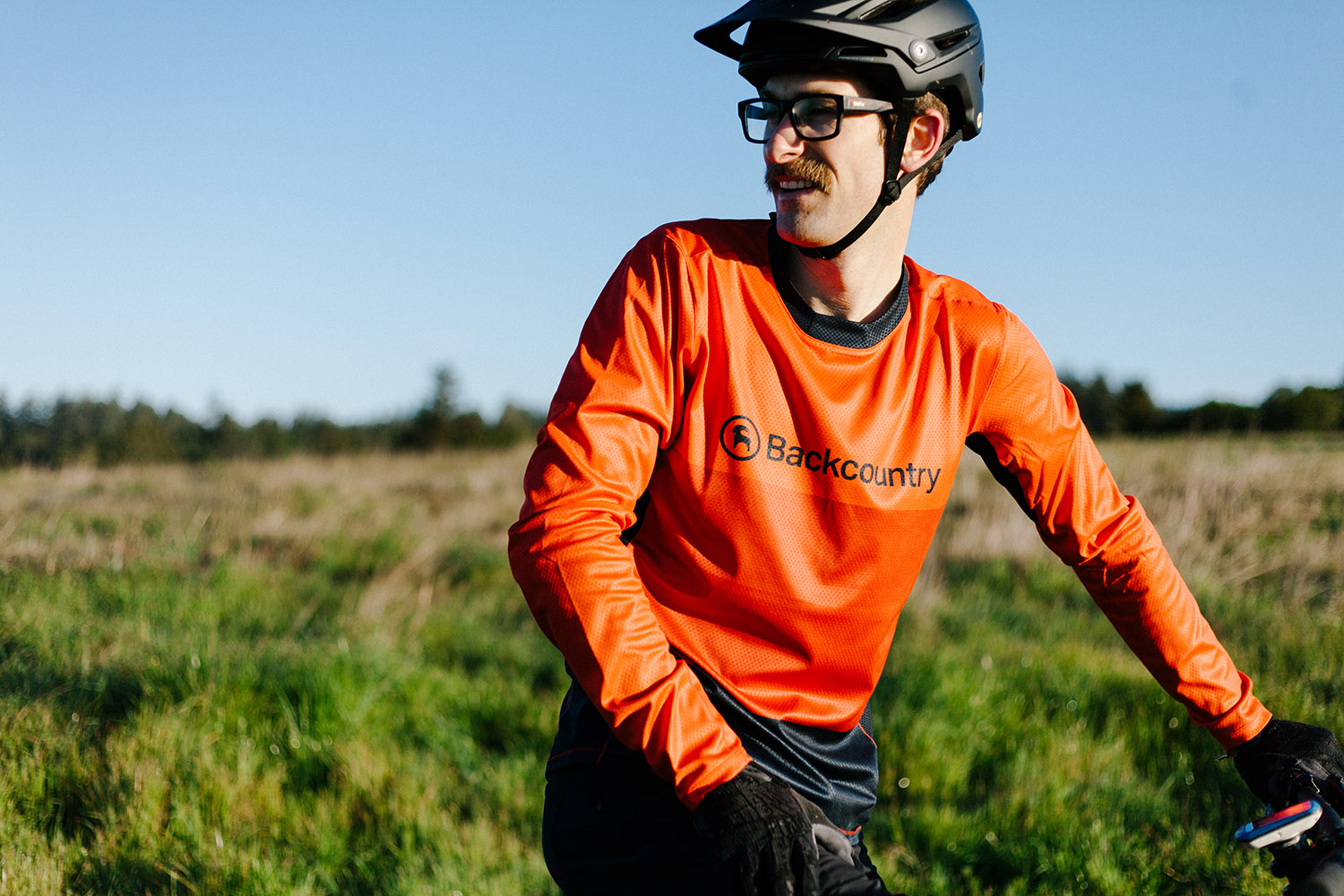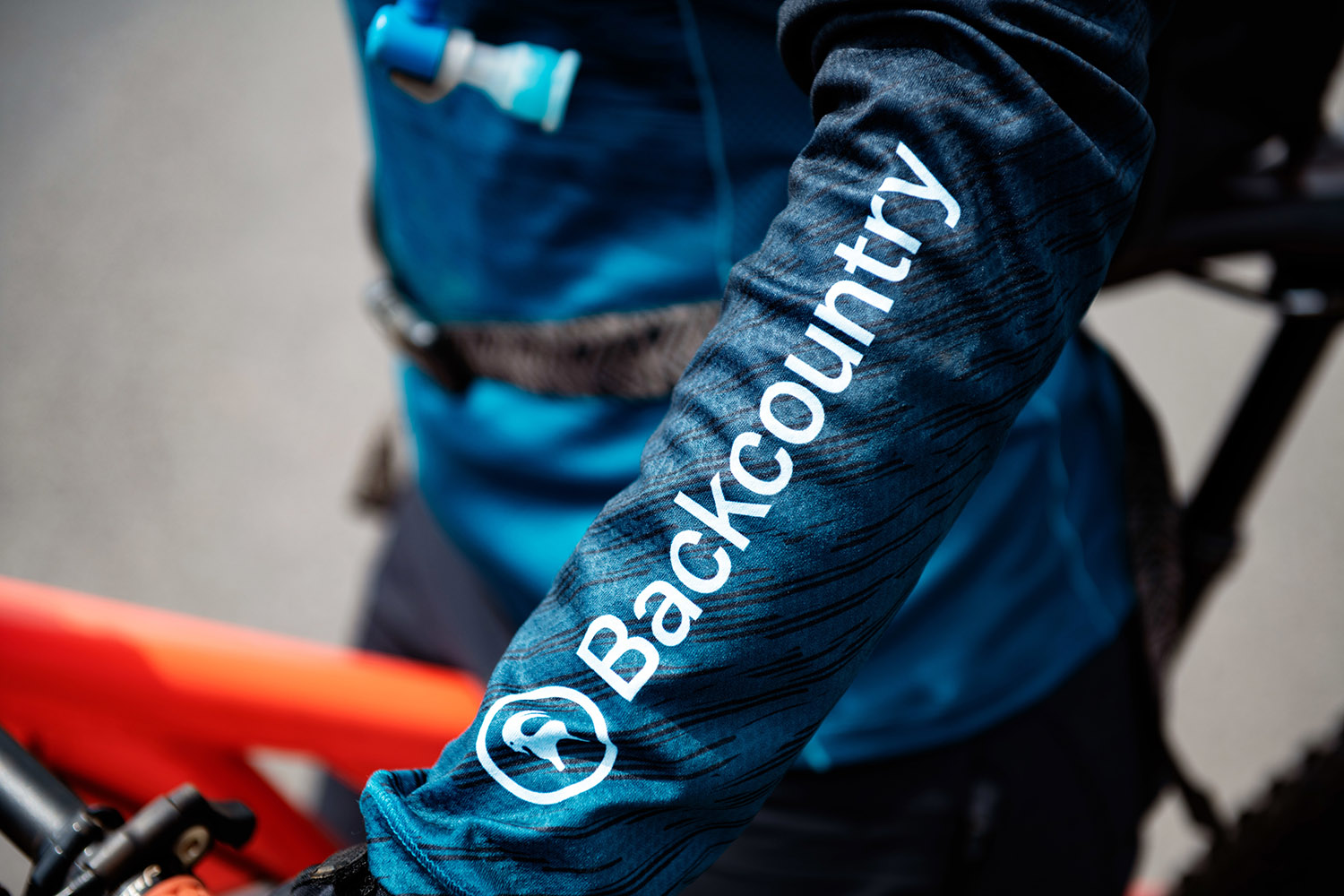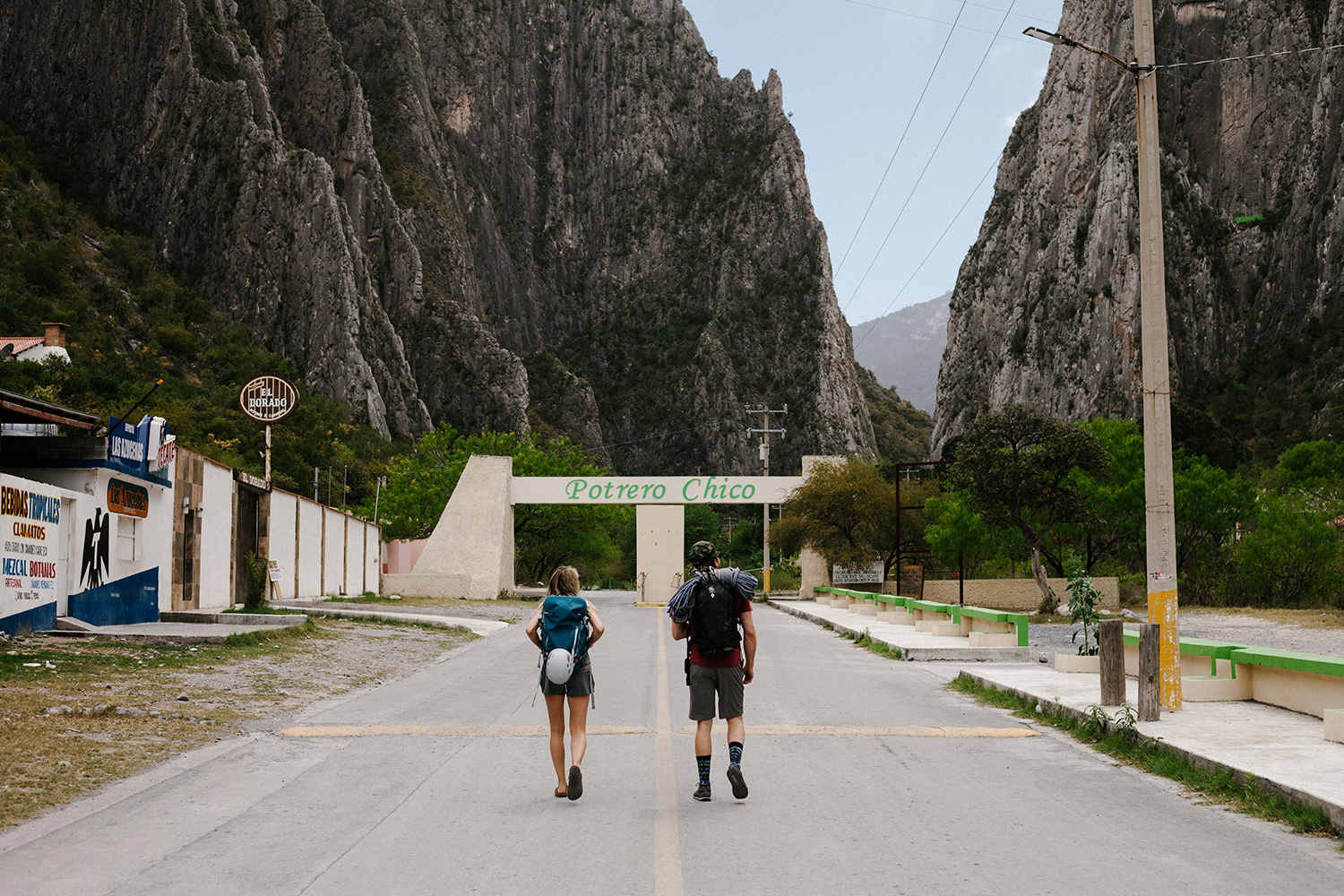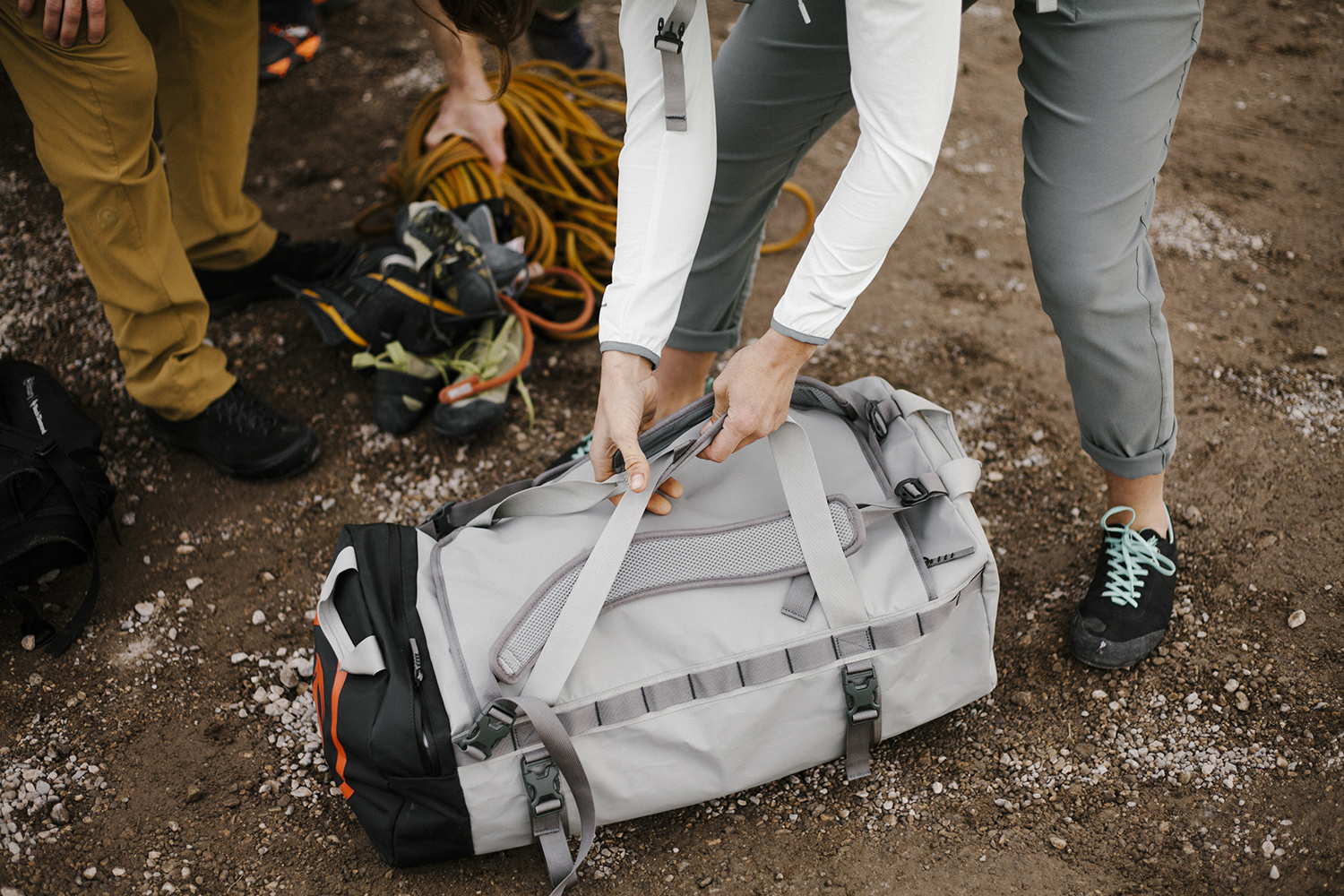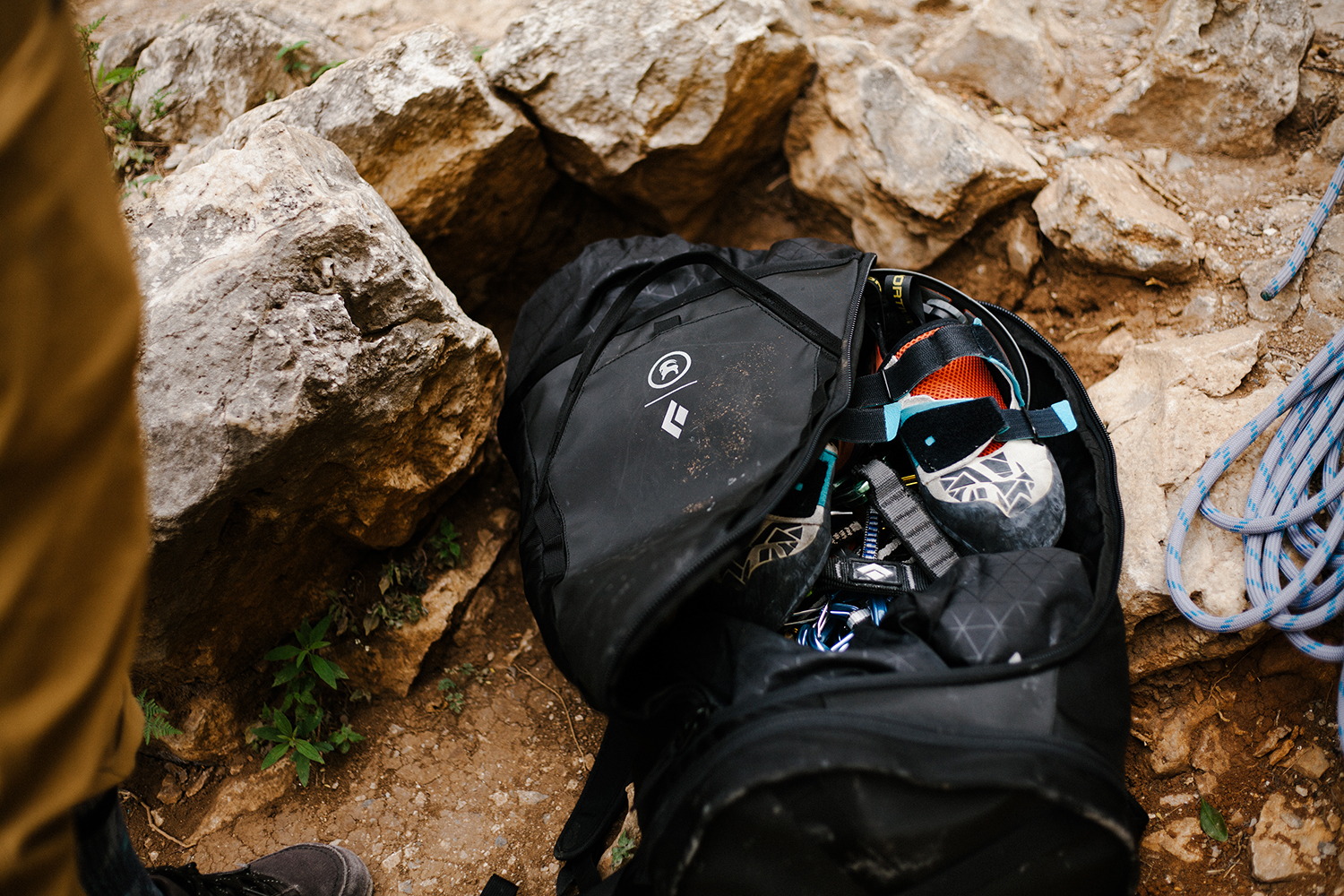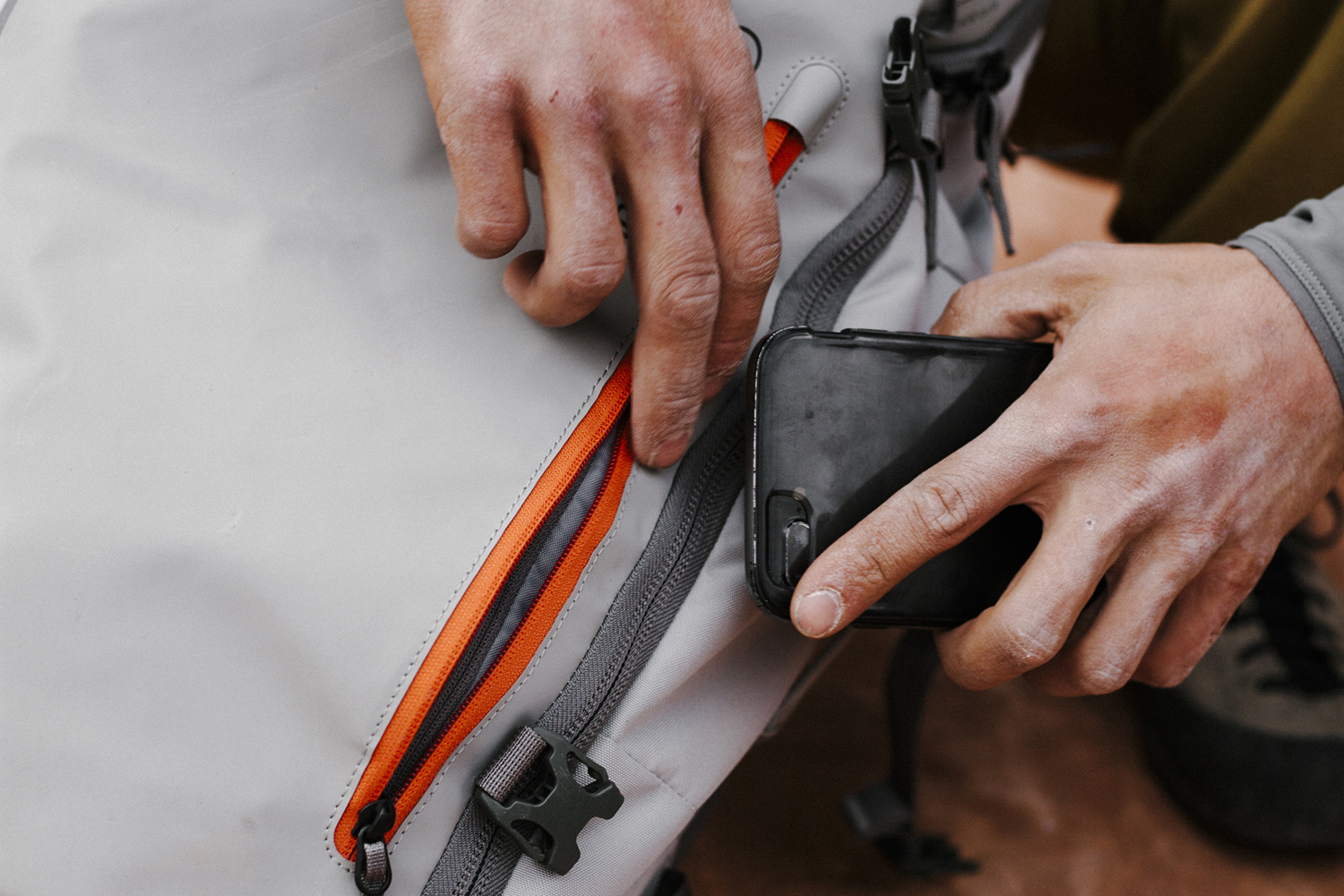
Fact: Any outdoorsy person worth their salt spends roughly 20 minutes cumulatively per day clicking over to Backcountry.com to see what kind of deals and steals might be available. But in the midst of clicking through the online retailer’s exhaustive catalog of your favorite outdoor recreation brands, you may have not have noticed an exciting new development: a brand-spanking-new Buy at Backcountry made by Backcountry itself.
At first blush, the line looks pretty fantastic. This isn’t some token collection of hoodies, tees, and trucker caps with a brand label slapped on them. We’re talking Cordura climbing pants, hybrid soft-shell jackets with baffled core insulation, DWR-treated button-downs that migrate from street to stream, along with essential accessories like a daypack with an inset hydration sleeve.
Naturally, we had to know more. We got the low-down on Backcountry’s new in-house collection from Andy Fletcher, Head of Owned Brands for the company, along with a tease of what we can expect next.
The Manual: Backcountry is known for curating great apparel and gear from other brands. What was the inspiration for creating your own collection?
Andy Fletcher: Our Gearheads – our product experts helping to serve customers – were the inspiration. Our Gearheads are experts in a number of outdoor activities (including mountain biking, climbing, skiing, and snowboarding, among many things) and they have a wealth of knowledge from both using the gear we sell and from speaking with customers all day long about what works for them.
Among other things, the data showed that there was a gap in the outdoor market for a modern aesthetic and fit, so we set out to address that, building a design and development team that sat with our Gearheads to build the product you see today. We’ve focused our efforts on pursuits and activities that are core to Backcountry’s heritage in the Wasatch Mountains of Utah, specifically mountain biking, climbing/bouldering, backcountry ski touring/splitboarding, and hiking/camping.
TM: What sets this collection apart from other brands on Backcountry?
AF: Our collection for summer 2019 has focused on mountain biking and climbing. What sets apart our product is that it was designed with insights from our Gearheads — what they needed in their own endeavors, what features they wanted in their gear, and what their customers loved or were asking for.
TM: In your view, what are some of the standout items in the collection?
AF: Our mountain bike jerseys and shorts are built to perform for the enduro rider, with great wicking fabrics and anti-odor treatments to keep you cool and fresh while grinding away. We’ve incorporated features like pockets shaped to keep your cell phone firmly against your thigh, laser venting in high temp areas of the shorts, and lens wipes at the hem of the jerseys. Our climb collection was built using Cordura fabrics, which, besides feeling great next to your skin, will stand up to the harsh abrasion against rocks and features when climbing.
TM: Do you have any collaborations planned with the other brands Backcountry works with?
AF: For fall/winter 2019, we’ll again focus on skiing and splitboarding, which we’ve partnered with Gore-tex on to develop our most technical apparel yet.
New product collaboration partners this fall include Burton, with whom we’ve developed a splitboard that is exclusive to us. We’re also continuing again this year to collab with DPS on a backcountry touring-specific ski and Black Diamond for touring-specific gloves.
TM: So you’re saying that in addition to apparel, we can expect to get fully outfitted in Backcountry-brand gear?
AF: I can’t divulge too much but rest assured our Gearheads and design team have tons of great ideas, and we’ll continue to collaborate with our vendor partners to bring innovative products to our customers.




